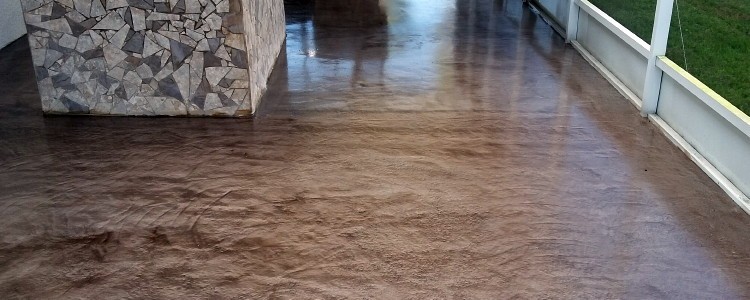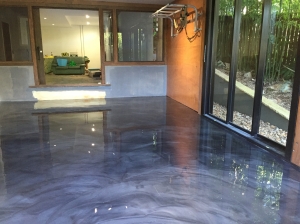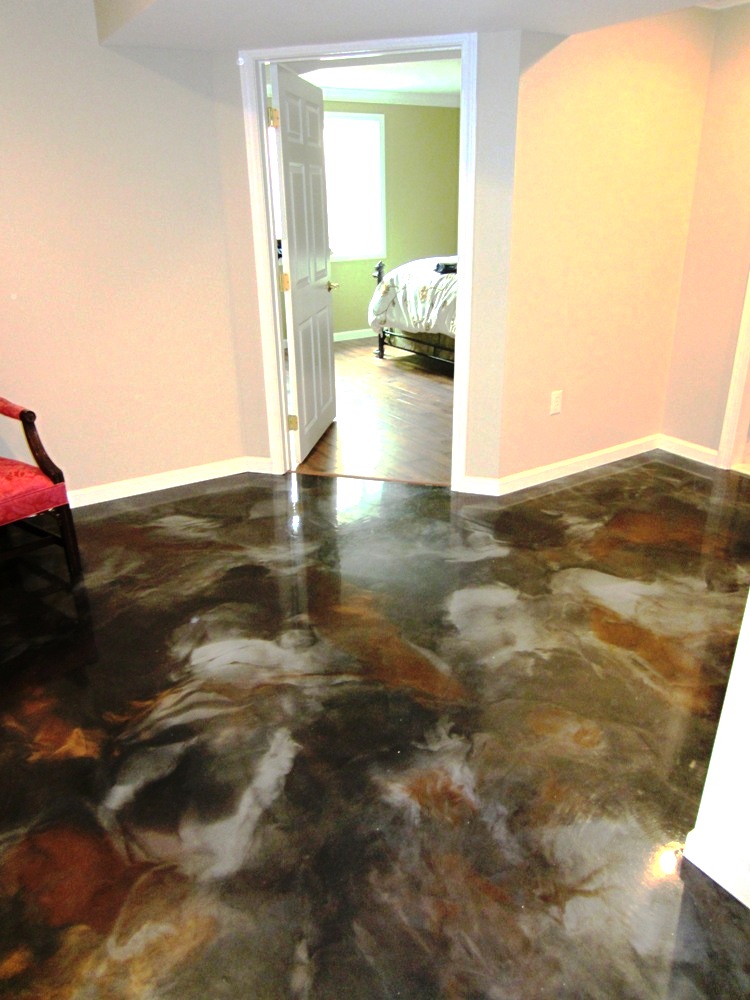Decorative epoxy flooring is a versatile, attractive option that can elevate the aesthetic and functionality of various spaces, from residential homes to commercial facilities. Having installed and maintained decorative epoxy floors in my own home, I’ve witnessed firsthand the dramatic transformation they can bring. In this guide, we will explore everything you need to know about decorative epoxy floors, ensuring you are well-informed to make the best decision for your flooring needs.
What is Decorative Epoxy Flooring?
Decorative epoxy flooring is a durable, aesthetic floor coating made from a mixture of resin and hardeners, resulting in a smooth, glossy finish. This type of flooring is incredibly adaptable and can be customized with various colors, textures, and designs.
Why Choose Epoxy Flooring?
There are numerous reasons why homeowners and businesses opt for decorative epoxy flooring:
- Durability: Epoxy floors are resistant to impact, stains, and chemicals, making them ideal for both residential and commercial spaces.
- Aesthetic Appeal: With a range of design options, epoxy flooring can complement any decor style.
- Easy Maintenance: A simple cleaning routine can keep your epoxy floors looking new for years.
- Cost-Effective: When compared to other flooring options, epoxy can be more affordable in the long run.
Types of Decorative Epoxy Floors
Decorative epoxy flooring can be categorized into several types, each with its unique properties and applications:
1. Flake Epoxy Flooring
Flake epoxy flooring consists of colored chips embedded in the epoxy, providing a beautiful, textured finish. This type is commonly used in garages and commercial spaces due to its durability.

2. Metallic Epoxy Flooring
Metallic epoxy flooring features a shimmering, three-dimensional effect that can create a stunning visual impact. Ideal for showrooms and retail spaces, this option is perfect for those looking to make a statement.
3. Solid Color Epoxy Flooring
This type offers a uniform color and finish and is often used in industrial settings. Its simplicity makes it a versatile choice for various applications.

4. Terrazzo Epoxy Flooring
Terrazzo epoxy combines different materials, such as glass, stone, and resin, to create intricate and colorful patterns. This style is popular in high-end environments like hotels and museums.
Comparing Decorative Epoxy Flooring Types
| Type | Durability | Design Flexibility | Maintenance | Cost |
|---|---|---|---|---|
| Flake Epoxy | High | Moderate | Low | Moderate |
| Metallic Epoxy | High | High | Low | High |
| Solid Color Epoxy | High | Low | Low | Low |
| Terrazzo Epoxy | High | Very High | Moderate | High |

Installation Process for Decorative Epoxy Floors
The installation of decorative epoxy flooring consists of several critical steps. Here’s a brief overview based on my personal experience:
Step 1: Surface Preparation
Preparing the floor surface is crucial for ensuring a smooth and lasting finish. This involves cleaning, grinding, and sometimes repairing the concrete surface to ensure proper adhesion.

Step 2: Priming
A primer coat is applied to enhance the bonding between the floor and the epoxy. This step helps create a strong foundation for the decorative layers.
Step 3: Mixing and Applying the Epoxy
The epoxy mixture is prepared according to the manufacturer’s instructions. It is then applied evenly across the surface using a roller or squeegee.

Step 4: Adding Decorative Elements
This may involve broadcasting flake materials or pouring metallic epoxy to achieve the desired design. Timing is key, as the epoxy must be applied before the previous layer fully cures.
Step 5: Top Coat Application
Once the decorative elements have cured, a clear top coat is applied to protect the design and enhance durability.

Pros and Cons of Decorative Epoxy Floors
Pros
- Durability: Lasts for years with proper maintenance.
- Customizable: Wide range of colors and styles to choose from.
- Seamless Surface: Easy to clean and hygienic.
- Brightens Spaces: Reflective surface enhances lighting.
Cons
- Slippery Surface: May require anti-slip additives.
- Initial Cost: Higher upfront cost compared to some flooring options.
- Installation Time: Requires professional installation for best results.

Maintenance of Decorative Epoxy Floors
One of the significant advantages of decorative epoxy flooring is its ease of maintenance. Here are some tips to keep your floors looking their best:
Regular Cleaning
Use a soft broom or vacuum to remove dirt and dust. For deeper cleaning, a mild detergent mixed with warm water works wonders.
Avoiding Harsh Chemicals
While epoxy is resistant to many substances, it’s best to avoid ammonia-based or acidic cleaners that could damage the finish.
Periodic Inspections
Check for signs of wear or damage and address issues promptly to prolong the life of your flooring.
Cost of Decorative Epoxy Flooring
The cost of decorative epoxy flooring can vary widely based on several factors, including the type of epoxy, the size of the area, and local labor costs. Below is a general breakdown:
Cost Breakdown Table
| Type of Epoxy | Cost per Square Foot | Typical Installation Cost for 500 Sq. Ft. |
|---|---|---|
| Flake Epoxy | $3 – $7 | $1,500 – $3,500 |
| Metallic Epoxy | $7 – $12 | $3,500 – $6,000 |
| Solid Color Epoxy | $2 – $5 | $1,000 – $2,500 |
| Terrazzo Epoxy | $10 – $15 | $5,000 – $7,500 |
Frequently Asked Questions (FAQs)
1. How long does decorative epoxy flooring last?
With proper maintenance, decorative epoxy floors can last up to 20 years or more, making them a durable flooring option.
2. Is epoxy flooring slippery?
Epoxy flooring can be slippery, especially when wet. However, you can add anti-slip additives during installation to mitigate this issue.
3. Can I install epoxy flooring myself?
While it’s possible, professional installation is recommended to achieve the best results and avoid common mistakes.
4. How do I remove scratches from epoxy flooring?
Slight scratches can often be buffed out using a fine-grit sandpaper and polish. For deeper scratches, a local contractor can help repair the damage.
5. What are the best colors for decorative epoxy flooring?
The best color depends on your space and personal preference. Light colors can brighten up a room, while darker tones are great for hiding dirt and stains.
Conclusion: Elevating Your Space with Decorative Epoxy Flooring
Decorative epoxy flooring is an excellent investment for anyone looking to enhance the beauty and durability of their floors. With various styles and colors, there’s something to suit every taste and need. Whether you decide to go for a sleek metallic finish or a colorful flake design, epoxy flooring can transform your space into something truly special. Remember, consulting with professionals can provide you with the best insights and options based on your specific needs and preferences. Happy flooring!